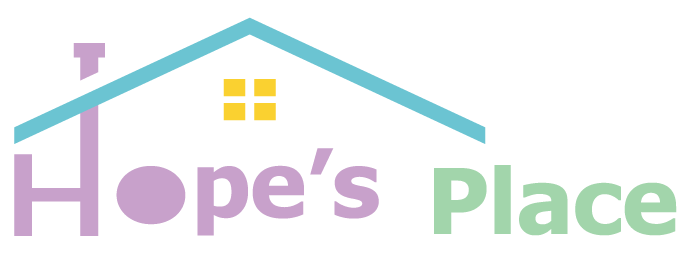Our providers conduct thorough Diagnostic Assessments (DA) that consider the unique cultural context of each individual. This means that assessments are carefully tailored to be relevant to the member’s environment, beliefs, values, and practices, ensuring a respectful and accurate understanding of their needs.
How does it work for a minor
For a child, providers may conduct appointments outside the office, with or without the child present, for face-to-face consultation and information gathering with:
- Family members
- Doctors
- Caregivers
- Teachers
- Other providers
- Directly observing the child in various settings that the child frequents (home, school, care settings)
For children under age 5:
- Utilize the DC:0-3R diagnostic system for young children. For CTSS providers, utilize the Diagnostic Classification of Mental Health and Developmental Disorder of Infancy and Early Childhood DC 0-5.
- An early childhood mental status exam that assesses the child’s developmental, social and emotional functioning and style with the family and with the examiner and includes:
- Physical appearance including dysmorphic features
- Reaction to new setting and people and adaptation during evaluation
- Self-regulation, including sensory regulation, unusual behaviors, activity level, attention span and frustration tolerance
- Physical aspects, including motor function, muscle tone, coordination, tics, abnormal movements and seizure activity
- Vocalization and speech production, including expressive and receptive language
- Thought, including fears, nightmares, dissociative states and hallucinations
- Affect and mood, including modes of expression, range, responsiveness, duration and intensity
- Play, including structure, content, symbolic functioning and modulation of aggression
- Cognitive functioning
- Relatedness to parents, other caregivers and examiner
- Completion of other assessment tools may be determined and periodically revised by the commissioner
Where can I get more information on this process
